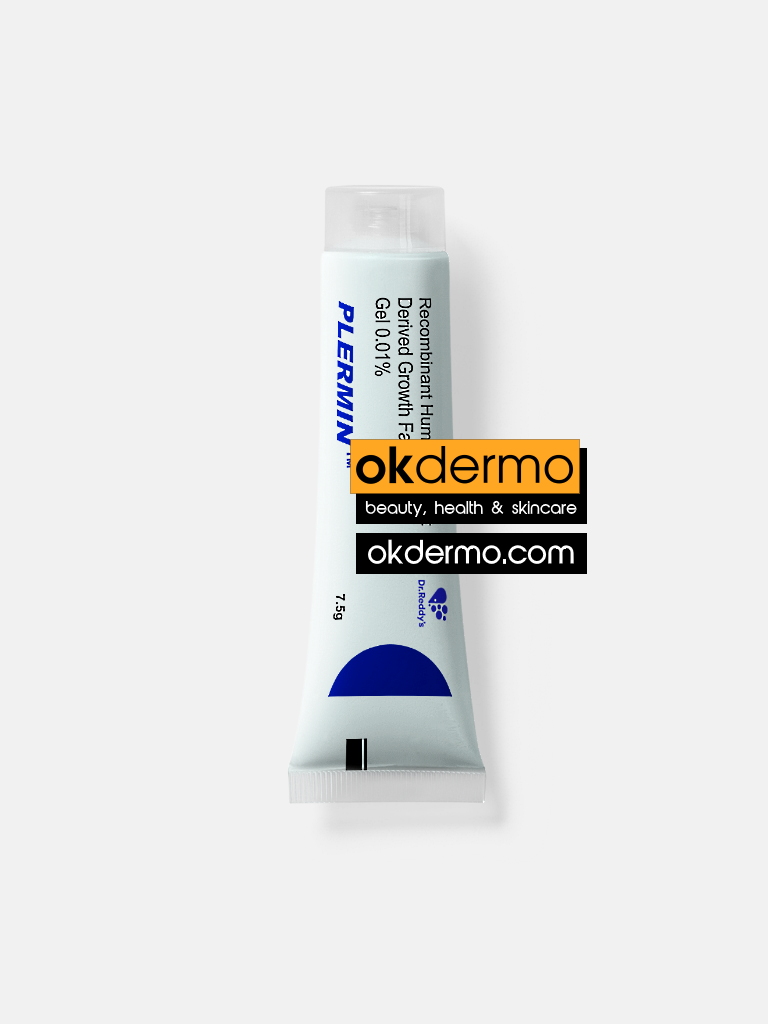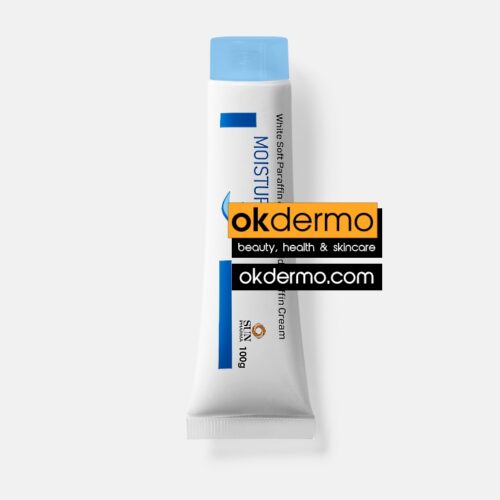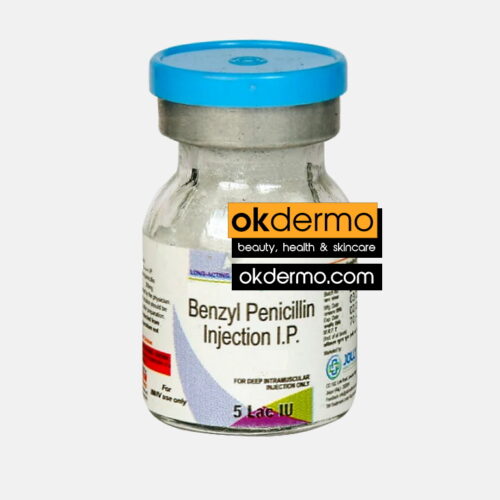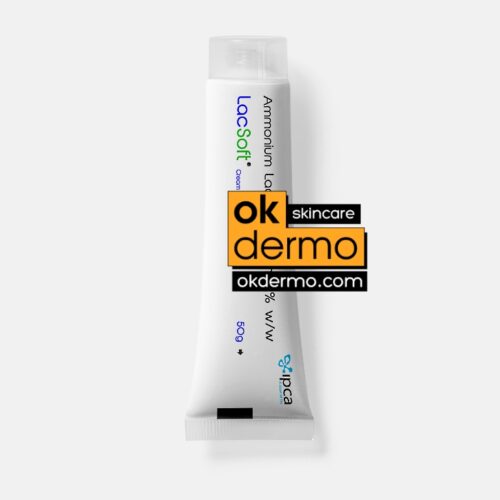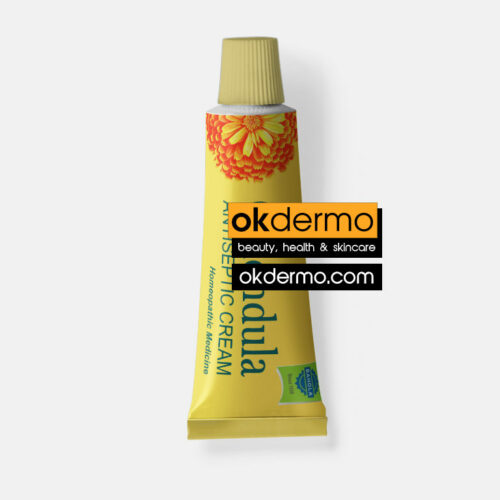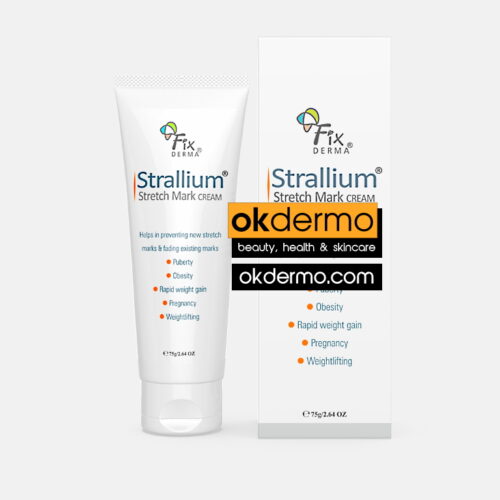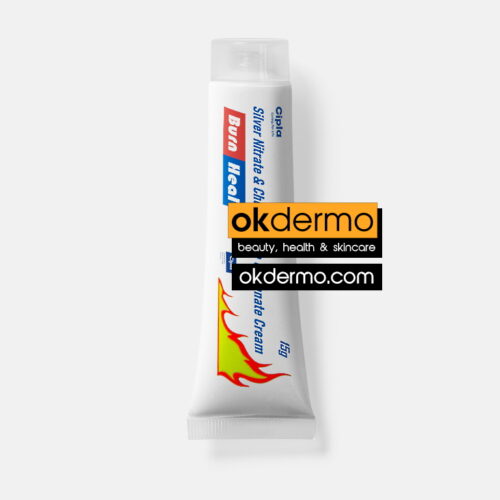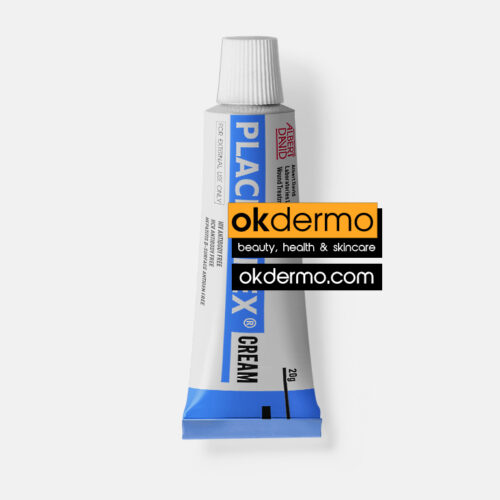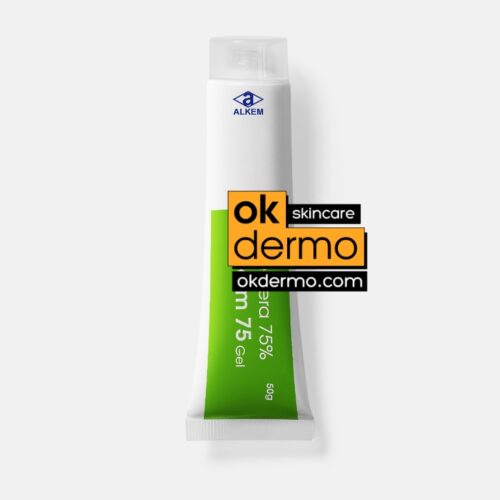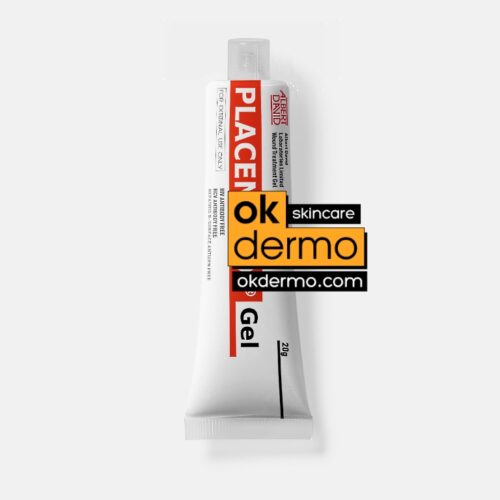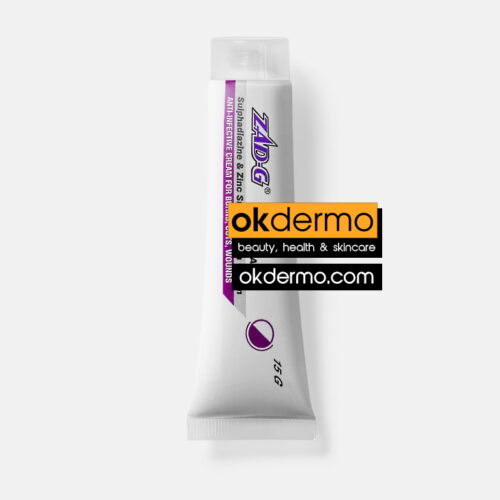Description
What is Becaplermin 0.01% Gel | Regranex Gel?
Becaplermin (brand name Regranex or Plermin) is a cicatrizant, available as a topical gel. Becaplermin is a human platelet-derived growth factor indicated along with good wound care for the treatment of lower extremity diabetic neuropathic ulcers. It is also known as “platelet-derived growth factor-BB”. Recombinant platelet-derived growth factor (PDGF) therapy for diabetic neuropathic ulcers Becaplermin gel is the FDA-approved PDGF for the treatment of diabetic neuropathic ulcers, formulated to act as a first-line treatment following effective ulcer care.
In clinical studies, using Becaplermin 0.01% gel as part of effective ulcer care:
- Helped to achieve wound closure an average 6 weeks earlier than placebo gel
- Significantly increased the incidence of complete closure by 43%, when compared to placebo gel
- Shown to help stimulate the recruitment and proliferation of cells involved in wound repair
The drug is used for the treatment of diabetic foot ulcers. Studies of becaplermin showed that when used with good wound care, complete healing significantly increased and the ulcers healed on average 6 weeks faster. Pharmacoeconomic studies reinforce the cost-effectiveness of becaplermin as an adjunct to good wound care.
The amount of becaplermin to be applied will vary depending upon the size of the ulcer area. Analysis of healing human wounds showed that PDGF-BB induces fibroblast proliferation and differentiation and was found to increase healing in patients with decreased healing capacity, such as people living with diabetes. Becaplermin must not be used at the site of skin cancer.
Plermin Gel is used in the treatment of diabetic foot ulcers that occur as a complication of diabetes. It helps in the quick healing of the sores (ulcers) of the leg, ankle, or foot of diabetic patients. Plermin Gel accelerates the healing and formation of healthy skin, thus providing relief in the skin infection. It is meant for external use only. You should use it in the dose and duration as advised by your doctor. The affected area should be clean and dry before the application of this medicine. You must wash your hands thoroughly before and after applying for this medicine. This medicine should be used regularly to get the most benefit from it.
If your condition does not improve or gets worse at any time, let your doctor know. You can help this medication work better by keeping the affected areas clean, making sure they are dry, and washing your hands before and after treating the infection. It is advised to use proper footwear to increase the effectiveness of the medicine.
Some common side effects include burning, irritation, itching, and redness at the site of application. If the side effects bother you or do not go away, let your doctor know. Some people have a severe allergic reaction that needs urgent medical attention. Signs of this include rash, swelling of the lips, throat, or face, swallowing or breathing problems, dizziness and nausea. Get emergency help if this happens.
It is not likely that other medicines you take by mouth or injection will affect the way it works but talk to your doctor before using it if you have used a similar medicine before and had an allergic reaction. This medicine should only be used if it is clearly needed during pregnancy.
Understanding Becaplermin Gel in practice for diabetic neuropathic ulcers
Becaplermin gel features endogenous platelet-derived growth factor (PDGF) therapy, shown to initiate the healing process by attracting repair cells to the wound. PDGF works to:
- Stimulate fibroblast proliferation to increase the growth of granulation tissue
- Increase the rate of re-epithelialization and revascularization
- Promote collagen production
The stages of wound healing
Stage 1: Homeostasis – clotting and vascular response. Platelets release PDGF to initiate the chemotaxis of neutrophils, macrophages, smooth muscle cells, and fibroblasts.
Stage 2: Inflammation. Neutrophils remove foreign material, bacteria, non-functional host cells, and damaged matrix components from the wound site. Fixed tissue monocytes are activated to become macrophages, releasing PDGF and TGF-ß to further attract fibroblasts and smooth muscle cells to the wound. Macrophages remove non-functional host cells, bacteria, damaged matrix, and foreign debris.
Stage 3: Proliferation – epithelial healing, contraction, and scar formation. Fibroblasts, recruited by PDGF, produce the new matrix needed to restore structure and function to injured tissue. Fibroblasts attach to the cables of the provisional fibrin matrix and begin to produce collagen.
Stage 4: Scar remodeling. Continued synthesis and degradation of extracellular matrix (ECM) components to establish a new skin matrix. Collagenase enzymes break collagen into smaller fragments, then the ECM is rebuilt to provide strength to mature scar tissue.
What is Diabetic foot ulcers | Becaplermin benefits
Diabetic foot ulcers are painful open sores or wounds that usually occur in diabetic patients on the leg, ankle, bottom, or top portion of the foot or on the tips of the toes. If severely infected, hospitalization may also be needed in such patients. Plermin Gel is used for the treatment of diabetic foot ulcers. The antimicrobial properties of this medicine help in the prevention of infection promote healing and help in the formation of healthy skin. Keep the affected area clean. Follow your doctor’s instructions carefully to get maximum benefit.
How to use Becaplermin gel | Regranex Alternative
Three-step application process – prepare, apply and cover. Designed for a flexible, one-daily application schedule as part of effective wound care and assessment, to be applied by either the clinician, caregiver, or patient. Decide with the doctor who will apply the Becaplermin gel, and use the simple application process below.
- Wash hands and squeeze the calculated amount of Becaplermin gel onto a clean, firm, non-absorbent surface (such as wax paper). Do not let the tip of the Becaplermin gel tube touch the wound or any other surface.
- Use an application aid to spread Becaplermin gel over the entire wound surface in a thin, even layer of around 1/16 of an inch (roughly the thickness of a penny).
- Cover the area with a saline-moistened gauze dressing. After approximately 12 hours, remove the dressing and rinse with saline or water to remove the remaining Becaplermin gel. Cover with a new saline-moistened dressing (without Becaplermin gel) for the remainder of the day.

